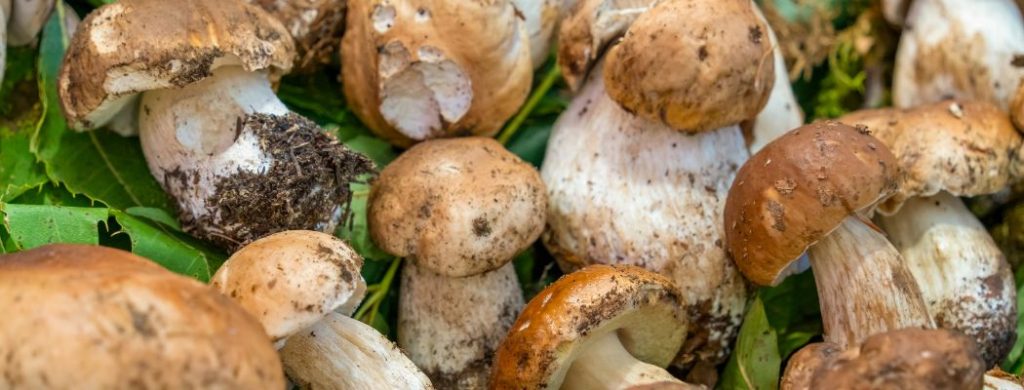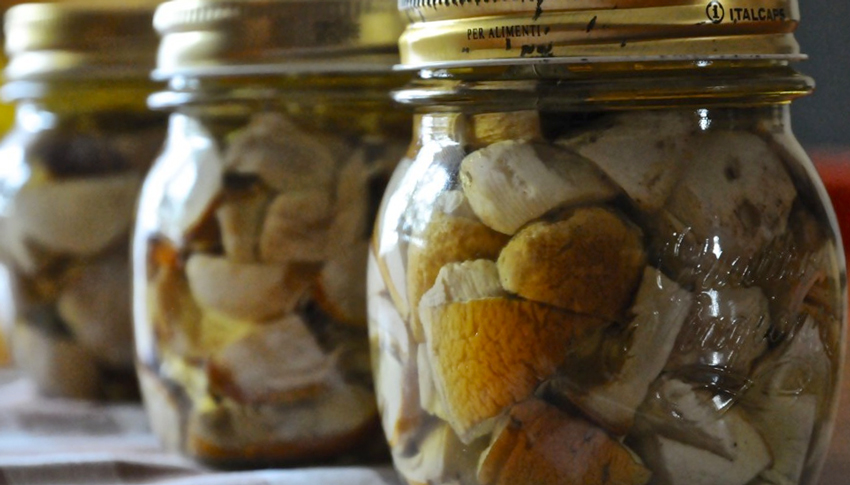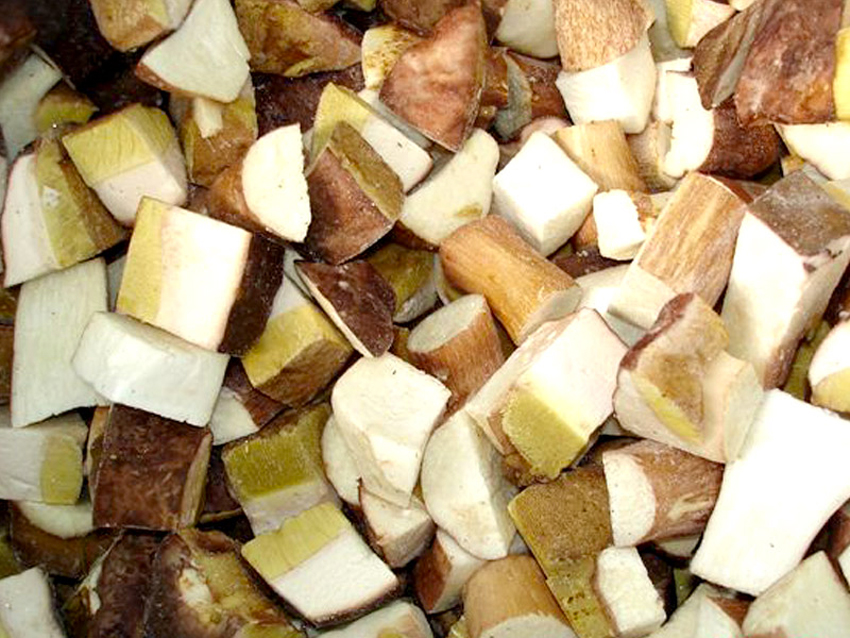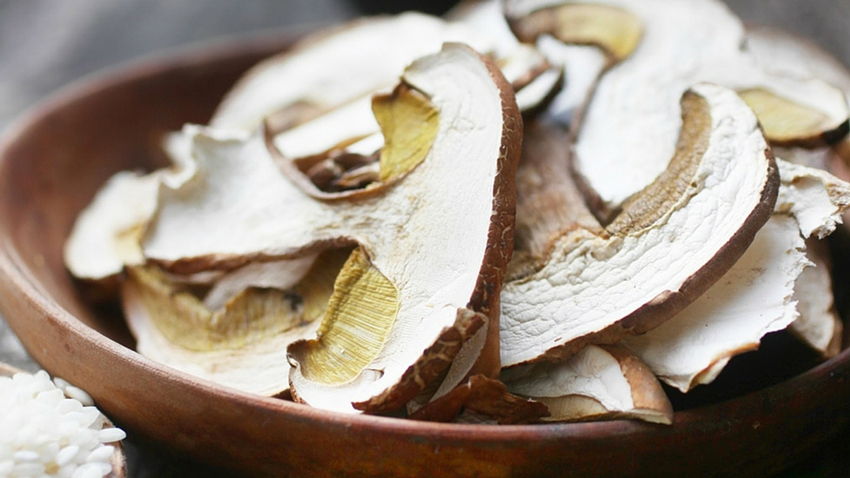How to store porcini mushrooms
7 years ago · Updated 6 months ago

It's a pleasure to harvest boletus edulis, boletus aereus,... . The problem arises when, once home, we need to preserve them for later consumption.
If we've harvested a lot, we'll be able to eat some fresh, but how can we preserve boletus? We explain the best ways to enjoy these mushrooms all season long.
Preserving techniques for boletus
The Boletus edulis are one of the most appreciated and versatile mushrooms in the kitchen. When the season is generous and the harvest abundant, preserving them properly is essential to enjoy their flavor all year round.
There are various methods of preserving boletus: dehydrating them, preserving them in oil, freezing them and even reducing them to powder. The choice of method will depend on how you intend to use them afterwards in your recipes.
Preliminary preparation for any preservation method
Before applying any preserving technique, it's essential to carry out proper cleaning:
- Clean boletus with a damp sponge or cloth and use a special mushroom brush to remove the most encrusted dirt.
- Make the most of the porcini, including the foot. If the dirt on the foot is persistent, use a vegetable peeler to leave it completely clean.
The pore layer of ceps changes color according to their maturity: white when young and greenish yellow when mature. If the cep is small or young, there's no need to remove it. On larger or more mature specimens, we recommend removing it with a knife or your fingers.
Tip: Don't throw away the removed sponge, you can use it to aromatize meat or vegetable broths.
Removing damaged parts
It's important to check each boletus carefully and discard any part that isn't completely healthy or shows traces of insects.
Cutting and preparation
Once cleaned, cut the boletus into slices 5 to 10 mm thick if they are large. Smaller specimens can be halved or even kept whole.
With these previous steps, you can now choose the storage method that best suits your needs and enjoy your ceps all year round.

Preserving ceps in oil
- Once we've cut and cleaned the ceps, we'll cover them with oil in a pan large enough so they don't crowd.
- Over medium heat, we'll fry the mushrooms, waiting for them to release all the water and for it to evaporate.
- At this point, we'll place the ceps in glass jars (previously disinfected and cleaned) and cover them with olive oil.
- We'll seal the jars tightly, leaving a couple of cm unfilled with oil.
- We'll boil the jars in a saucepan with water, covering them completely, for about 25 minutes.
- Once this time has elapsed, we turn off the heat and let them rest and cool.
We'll already have the canned porcini in oil ready to be labeled with the canning date and stored in the pantry.

Freezing porcini
Another way to preserve ceps is to freeze them, as if we wanted to freeze other types of mushrooms:
- we'll place them, previously cut into pieces, on parchment paper, separated from each other without touching.
- After a few hours, we'll be able to remove them from the freezer and place them in freezer bags.
- We'll make sure that each piece of cep is completely detached from the rest and that we can use only the parts we need.
Frozen ceps should be cooked without thawing and over high heat, so that they retain their texture.

Dehydrating porcini
One of the best options for conserving porcini is to dehydrate them. Either to hydrate them afterwards when we need to make a recipe with ceps, or to grind them and make a delicious cep flour.
To dehydrate them, we can opt for the traditional method, in the open air, or use an electric dehydrator.
If you're not going to use a mushroom dehydrator, you'll need to place the porcini strips spread out on absorbent paper in trays and store them for a few days until they've removed all the water and are completely dry. It's important to turn them over to ensure even dehydration. Drying time will depend on the climate of the area where they dry.

If you're using a food dehydrator, simply place the porcini strips on the trays and wait for the time you've programmed. To dehydrate ceps, the time will depend very much on the quantity of mushrooms and their thickness. They should be completely dry for 4 to 5 hours at a temperature of 50-60º. All you'll need to do is store and label them!
Powdered porcini
To make ceps flour, you can use broken pieces of ceps and which have less presence. With the help of a coffee grinder, thermomix, chopper... you pulverize it until it's well ground and with an almost flour-like texture. You can use a sieve to remove any pieces that might have remained less ground.
And you, how do you prefer to preserve porcini mushrooms? tell us about it.
Health and mushrooms!

Te pueden interesar